Length

Adventures in Arctic Svalbard
Longyearbyen to Longyearbyen, Svalbard. Not as cold in summer as you might expect, these islands have a rugged beauty and offer unforgettable wildlife encounters.

Longyearbyen to Longyearbyen, Svalbard. Not as cold in summer as you might expect, these islands have a rugged beauty and offer unforgettable wildlife encounters.
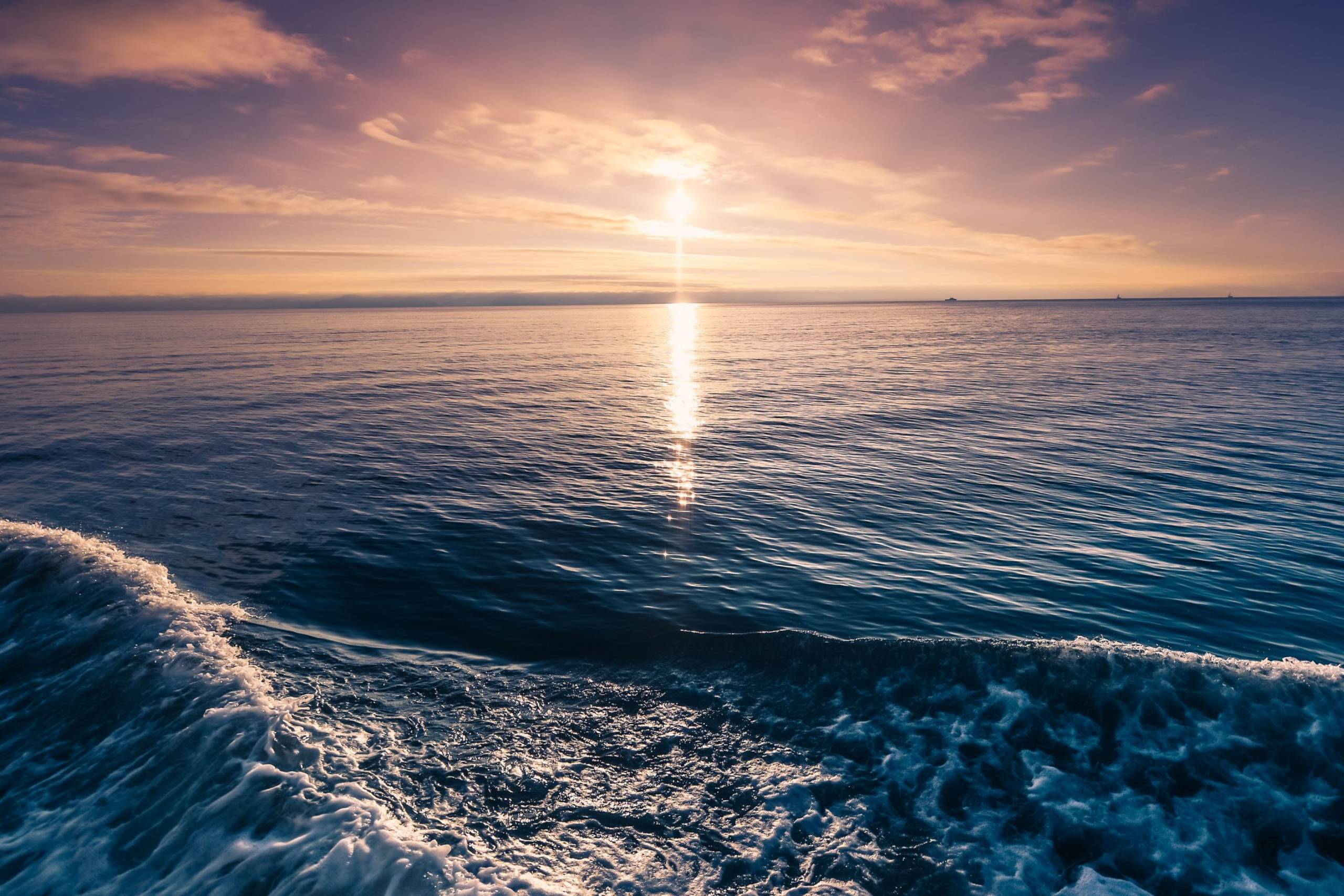
Day 01
Meet your yacht in Longyearbyen, Svalbard’s main settlement, located on the west coast of Spitsbergen Island. Take advantage of the all-night sun and enjoy dinner and drinks al fresco on the aft deck before the voyage commences.
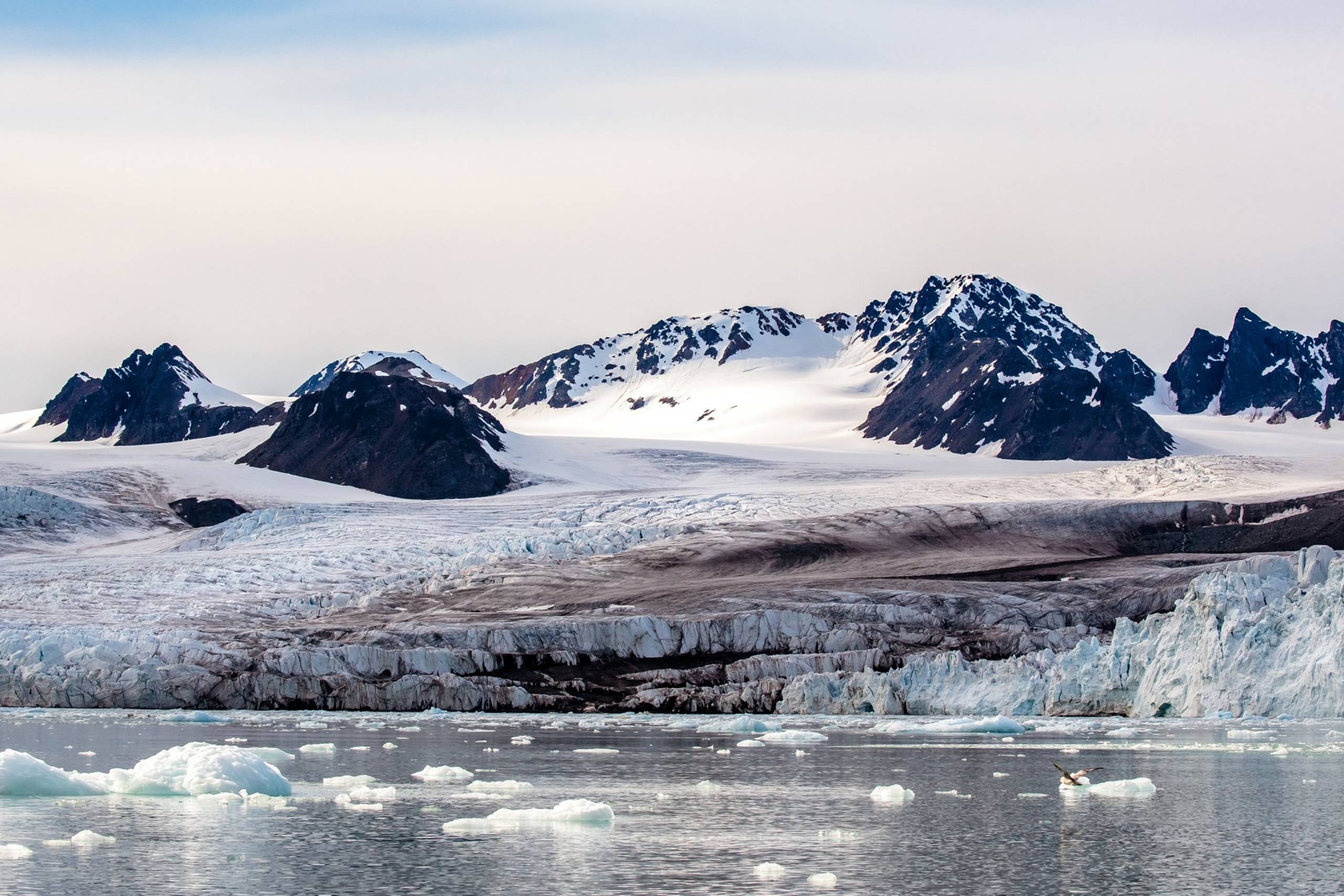
Day 02
This glacial fjord at the north west of Spitsbergen harbours a diverse range of animal and plant life in its waters; as an open fjord with no sill at its entrance, warmer Atlantic waters flow in and mix with the cooler Arctic waters, creating huge biodiversity. Protected by jagged mountains and surrounded by stunning glacier fronts, it is home to a number of species, and at this time of year you will be able to spot Ringed seals, walrus, and white whales.

Day 03
An uninhabited island off the north west cost of Spitsbergen, Danskoya is home to around 3,000 polar bears. Cruising to the north of the island, alight in the famous Virgohamna bay, where the remains of a Dutch whaling station and whale blubber ovens can be found. It was from here that Salomon Andree and two companions started their famous expedition that failed to reach the north pole with a hydrogen balloon in 1897.
As you leave the island, the yacht will attempt to cross the legendary 80th parallel, just about 620 miles from the North Pole. In the distance, and deep within the polar circle, you may see the lonely Nordaustlandet; the second-largest island in the archipelago.
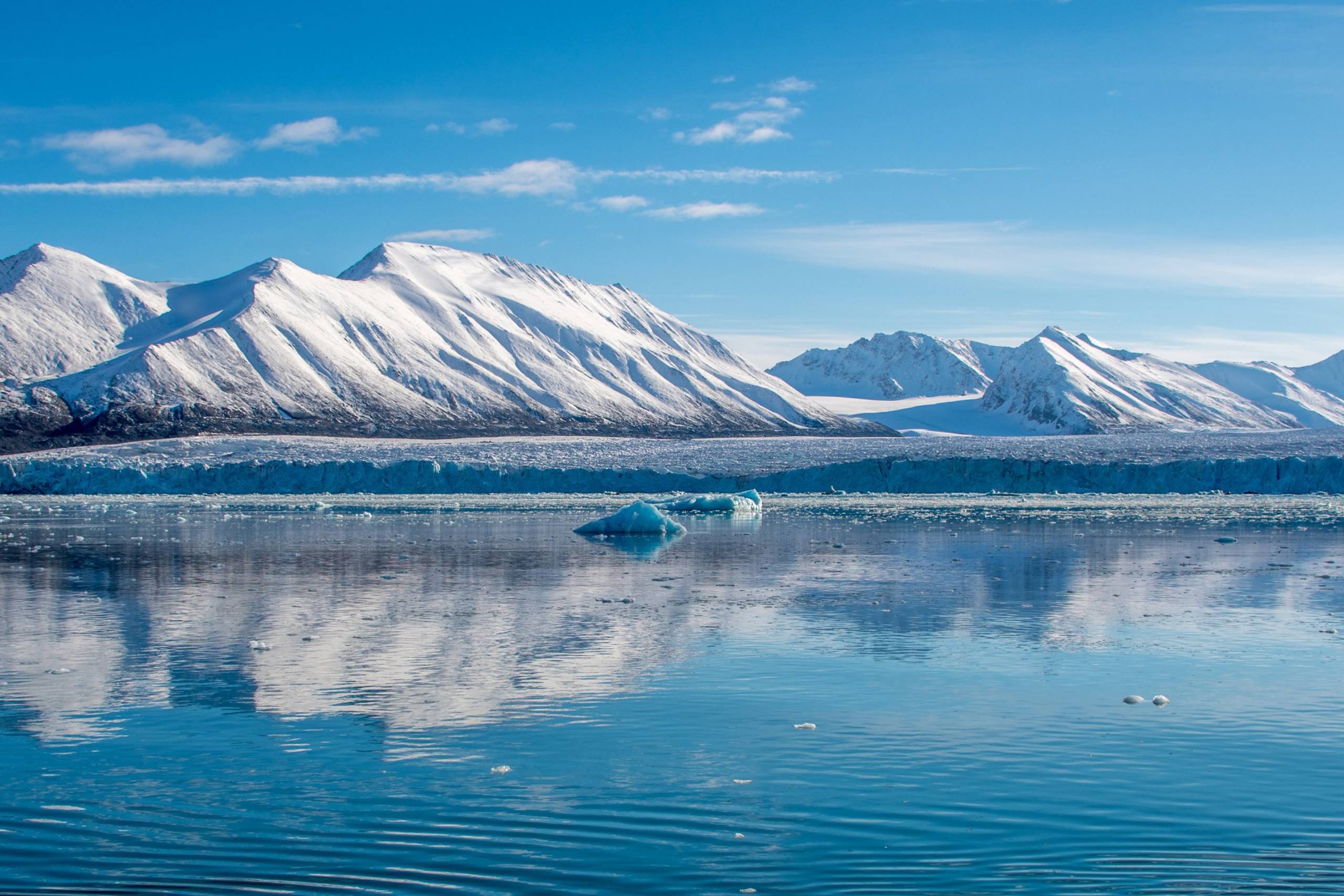
Day 04
Enter this spectacularly scenic fjord by Zodiac for a cruise through the ice fields
leading up to Monaco Glacier. Keep your eyes peeled for polar bears that are often seen in
this region. If conditions permit, go ashore for a hike on the glacier or along the shoreline.
Make sure you have your camera ready; sightings of Arctic fox, whales, ringed seals and
kittiwakes are common here.
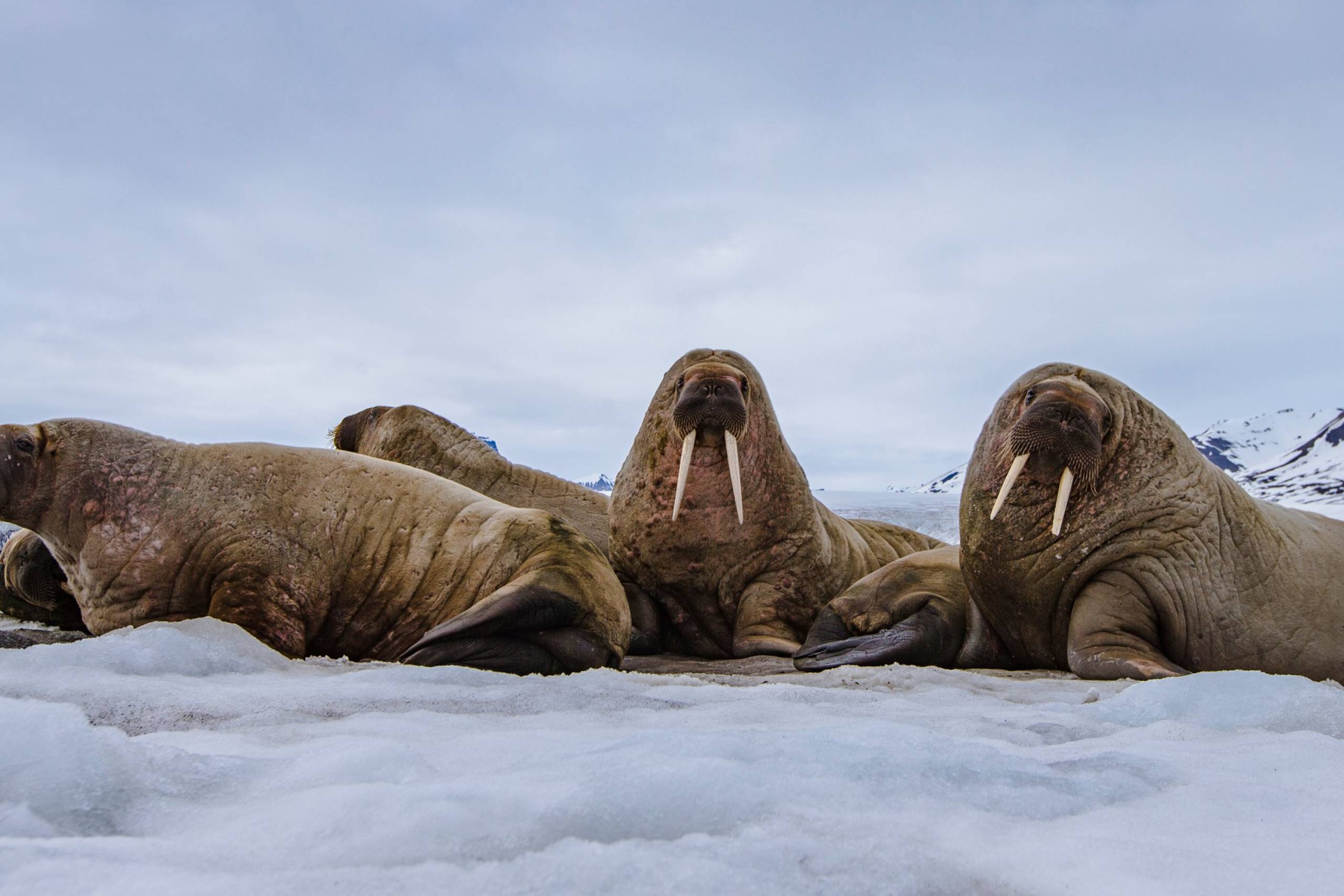
Day 05
As its name, which translates as ‘low island’ implies, Lagoya island is a flat land mass, making it perfect for walrus to haul themselves out and rest on its shore. It offers classic Arctic scenery – long, low, snow-covered tundra; a rocky beach dotted with driftwood; the shimmering of the Arctic light on the water and ice floes and of course, the herds of walrus.
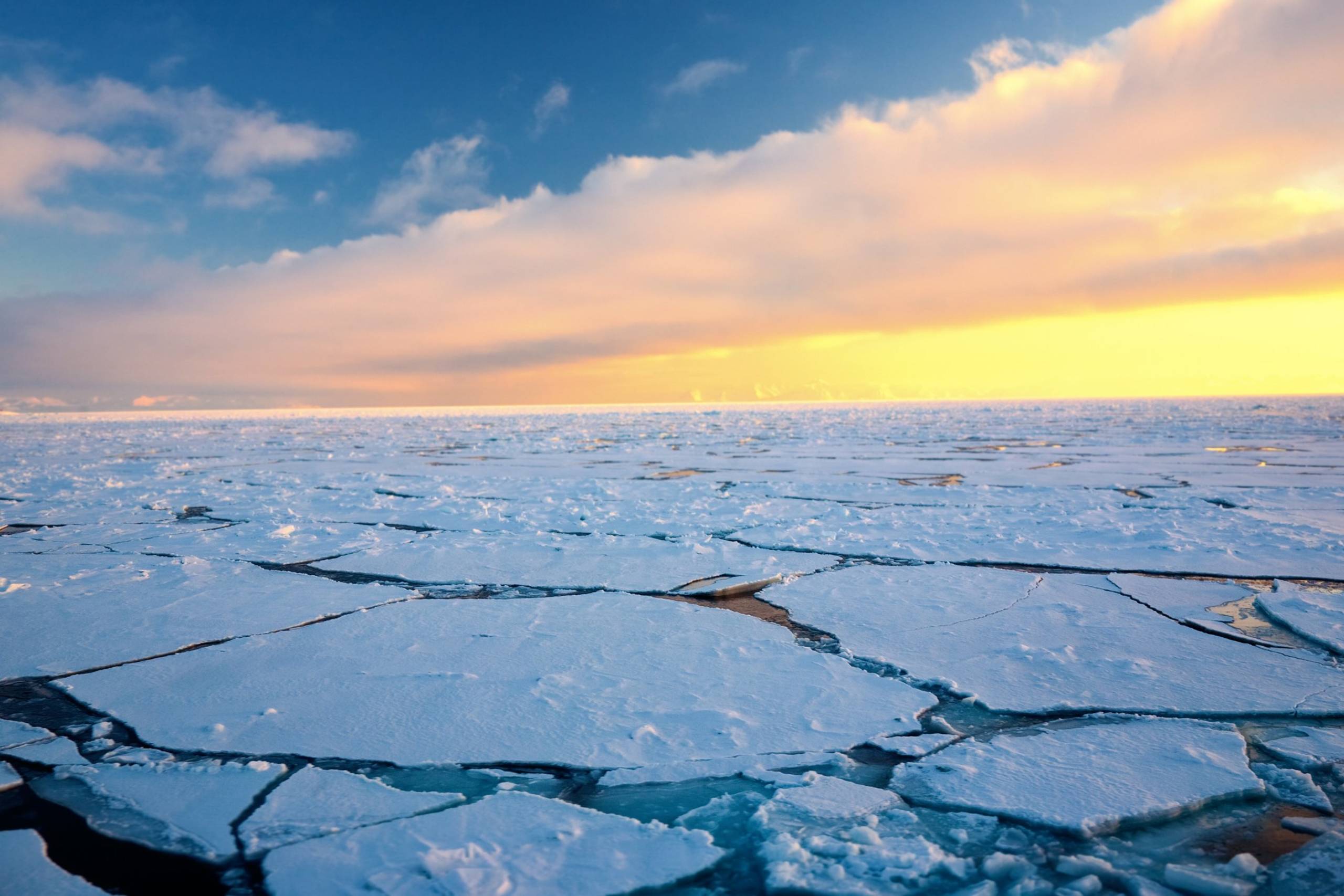
Day 06
As you cruise the northeastern tip of Spitsbergen, ice conditions permitting, your captain will attempt to cruise through the Hinlopen Strait, which separates Spitsbergen from Nordaustlandet. Dotted with icebergs, this scenic strait is a perfect spot for a Zodiac cruise, and as you head out you may spot the ringed, harp and bearded seals, polar bears and seabirds that are often seen here. Go ashore to walk amongst the Arctic flowers and take in the incredible beauty of this remarkable part of the
world.
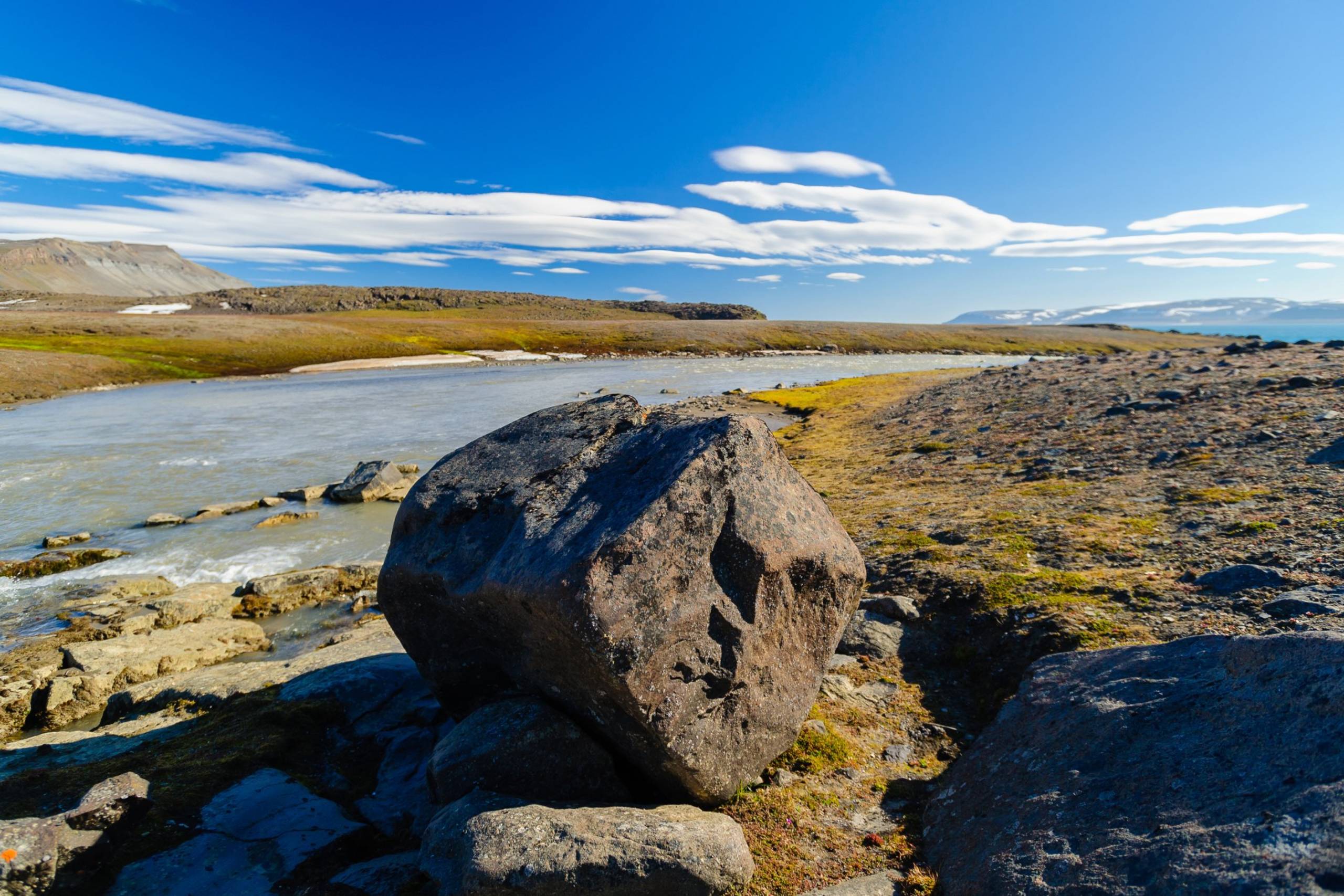
Day 07
The third largest island in the Svalbard Archipelago, Edgeøya, forms part of the Søraust-
Svalbard Nature Reserve and is home to reindeer and their mighty predator, polar bears. Landing here during your Svalbard voyage, you stand the chance to see some of the prime characteristics that define the Arctic Archipelago, from its striking geology down to its unique wildlife.

Day 08
Hornsund is the southernmost fjord on Spitsbergen Island. The coastline features several
bays backed by glacial valleys leading to high mountain peaks. A Polish Polar Station has
been operating here since 1957, doing research in a number of fields, including meteorology,
seismology and glaciology. Arctic fox, abundant seabirds and reindeers are common sights here.

Day 09
After a final breakfast on board, disembark in the late morning, or as required for your flight home. Just a few hours later, you will find yourself back in civilisation after a mesmerising week under the midnight sun.
Meet your yacht in Longyearbyen, Svalbard’s main settlement, located on the west coast of Spitsbergen Island. Take advantage of the all-night sun and enjoy dinner and drinks al fresco on the aft deck before the voyage commences.

This glacial fjord at the north west of Spitsbergen harbours a diverse range of animal and plant life in its waters; as an open fjord with no sill at its entrance, warmer Atlantic waters flow in and mix with the cooler Arctic waters, creating huge biodiversity. Protected by jagged mountains and surrounded by stunning glacier fronts, it is home to a number of species, and at this time of year you will be able to spot Ringed seals, walrus, and white whales.

An uninhabited island off the north west cost of Spitsbergen, Danskoya is home to around 3,000 polar bears. Cruising to the north of the island, alight in the famous Virgohamna bay, where the remains of a Dutch whaling station and whale blubber ovens can be found. It was from here that Salomon Andree and two companions started their famous expedition that failed to reach the north pole with a hydrogen balloon in 1897.
As you leave the island, the yacht will attempt to cross the legendary 80th parallel, just about 620 miles from the North Pole. In the distance, and deep within the polar circle, you may see the lonely Nordaustlandet; the second-largest island in the archipelago.

Enter this spectacularly scenic fjord by Zodiac for a cruise through the ice fields
leading up to Monaco Glacier. Keep your eyes peeled for polar bears that are often seen in
this region. If conditions permit, go ashore for a hike on the glacier or along the shoreline.
Make sure you have your camera ready; sightings of Arctic fox, whales, ringed seals and
kittiwakes are common here.

As its name, which translates as ‘low island’ implies, Lagoya island is a flat land mass, making it perfect for walrus to haul themselves out and rest on its shore. It offers classic Arctic scenery – long, low, snow-covered tundra; a rocky beach dotted with driftwood; the shimmering of the Arctic light on the water and ice floes and of course, the herds of walrus.

As you cruise the northeastern tip of Spitsbergen, ice conditions permitting, your captain will attempt to cruise through the Hinlopen Strait, which separates Spitsbergen from Nordaustlandet. Dotted with icebergs, this scenic strait is a perfect spot for a Zodiac cruise, and as you head out you may spot the ringed, harp and bearded seals, polar bears and seabirds that are often seen here. Go ashore to walk amongst the Arctic flowers and take in the incredible beauty of this remarkable part of the
world.

The third largest island in the Svalbard Archipelago, Edgeøya, forms part of the Søraust-
Svalbard Nature Reserve and is home to reindeer and their mighty predator, polar bears. Landing here during your Svalbard voyage, you stand the chance to see some of the prime characteristics that define the Arctic Archipelago, from its striking geology down to its unique wildlife.

Hornsund is the southernmost fjord on Spitsbergen Island. The coastline features several
bays backed by glacial valleys leading to high mountain peaks. A Polish Polar Station has
been operating here since 1957, doing research in a number of fields, including meteorology,
seismology and glaciology. Arctic fox, abundant seabirds and reindeers are common sights here.

After a final breakfast on board, disembark in the late morning, or as required for your flight home. Just a few hours later, you will find yourself back in civilisation after a mesmerising week under the midnight sun.

let's chat.
Get in touch with one of our teams around the world
Where you'll find us
Monaco — MC
+377 93 50 12 12London — UK
+44 20 7584 1801Fort Lauderdale — US
+1 954 278 3970Auckland — NZ
+64 9 281 5133Contact us
[email protected]Length
Price per week
Dates
Size
Length
Price
Price per week
When
Dates
0 Results
SearchLength
Price per week
Build range
Size
Length
Price
Price per week
Year
Build range
0 Results
Search